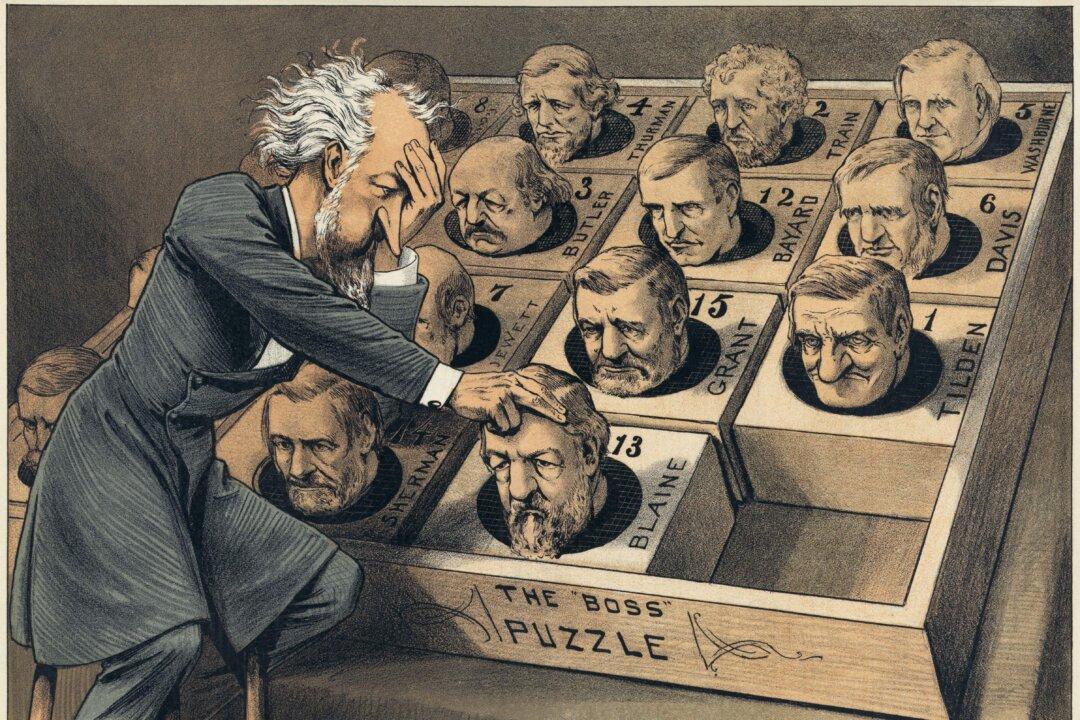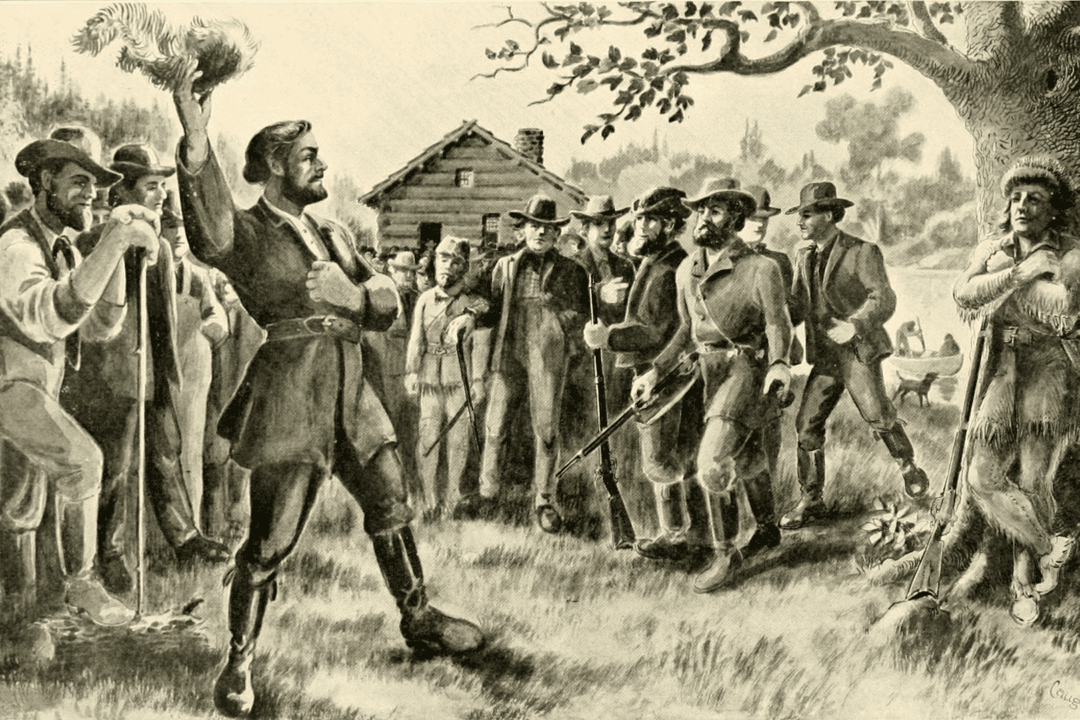John Coffee (“Jack”) Hays fought hard in every battle he faced, often surprising his enemies with his quiet demeanor. Many said he looked younger than his age.
Hays survived many near-deadly encounters while serving as a lawman and land surveyor in the Western territories. His battles against foes played a vital role in keeping order in both Texas and California before they became states.
Hays was born in Little Cedar Lick, Tennessee in 1817. When he was 15, he headed west after his parents passed away. In Mississippi he apprenticed to a land surveyor.
For several years, Hays surveyed the lands of Mississippi. He moved on to the newly formed Republic of Texas in 1836, which had just declared independence from Mexico. The Texas Rangers were tasked with defending the Republic, and Hays wanted to join. With a recommendation from his great-uncle Andrew Jackson, Hays asked Texas President Sam Houston to assign him to the Rangers.

Lawman and Surveyor
During his stint as a Texas Ranger, Hays doubled as a land surveyor. “He was important not only in the Texas Rangers, but in the fact that he set up the base surveys and base maps for a lot of Texas,” the director of the Texas Ranger Hall of Fame & Museum, Byron Johnson, told The Epoch Times. “In fact, you can look at modern property titles and, if you trace them back, you’ll find out that a lot of them are based on original maps that Jack Hays surveyed. He had a lot of significance in Texas.”By 1840, Hays was promoted to the rank of captain in the Texas Rangers. He led a team that helped protect the Texas border from attackers. Hays proved to be a superb marksman in battles against Native American warriors, Mexican soldiers, and criminals. He knew his firearms. He equipped all of his Rangers with five-shot Colt revolvers at a time when their adversaries carried only single-shot rifles and pistols.
The new firearms came in handy when he and 14 of his men were attacked by 80 Comanche warriors at the Battle of Walker’s Creek in 1844. Knowing he was outnumbered, Hays made the quick decision to have his men charge. Overcome and frightened by the Rangers’ Colt guns, the Comanches quickly withdrew.

Growing Fame
In 1846, Hays took command of troops in the Mexican American War. The siege of Monterrey, Mexico succeeded without the loss of a single American soldier. According to Mr. Johnson, since the Mexican-American War was the first war with vetted reporters, Hays’s fame grew across the new state of Texas and the entire country.“Jack Hays, in terms of early Texas history and the Texas Rangers, is about as well-known as George Washington was, in terms of the Revolutionary War, [for] his military service,” Mr. Johnson said. “There are a lot of people interested in him.”
Hays resigned as a Texas Ranger after the Mexican-American War. In late 1849, he guided a wagon train from Texas to San Diego and took a steamboat to San Francisco to join the gold rush.
Since crime was high in San Francisco, Hays worked with a group of citizens called the “Committee of Vigilance” to fight lawlessness. But the Committee took the law into their own hands too frequently. As time went on, Hays did not support their methods, yet the Committee supported his bid for sheriff. In 1850, he was elected as San Francisco’s first sheriff. Soon after, he built a permanent jail to replace the floating brig that the city was using.

In 1853, Hays resigned as sheriff to become California’s surveyor general. During that time, he helped found and plat the city of Oakland, California.
After the Comstock Lode of silver was found in 1859 near Virginia City, Nevada, Native Americans from the Paiute tribe started killing and robbing miners and settlers. Hays led a group of soldiers against the attackers. These skirmishes were known as the Paiute War.
The Paiute War was Hays’s last foray into battle. He refused to fight for the North or the South during the Civil War. Hays stayed in California throughout the the war, and he was active in politics until his death from rheumatism in 1883.
Hays’s legacy, and those of other famous Texas Rangers, live on at the Texas Ranger Hall of Fame & Museum in Waco, Texas. According to Mr. Johnson, the museum is the first law enforcement historical institution in the country, as it memorializes the mounted lawmen of the great state of Texas.








